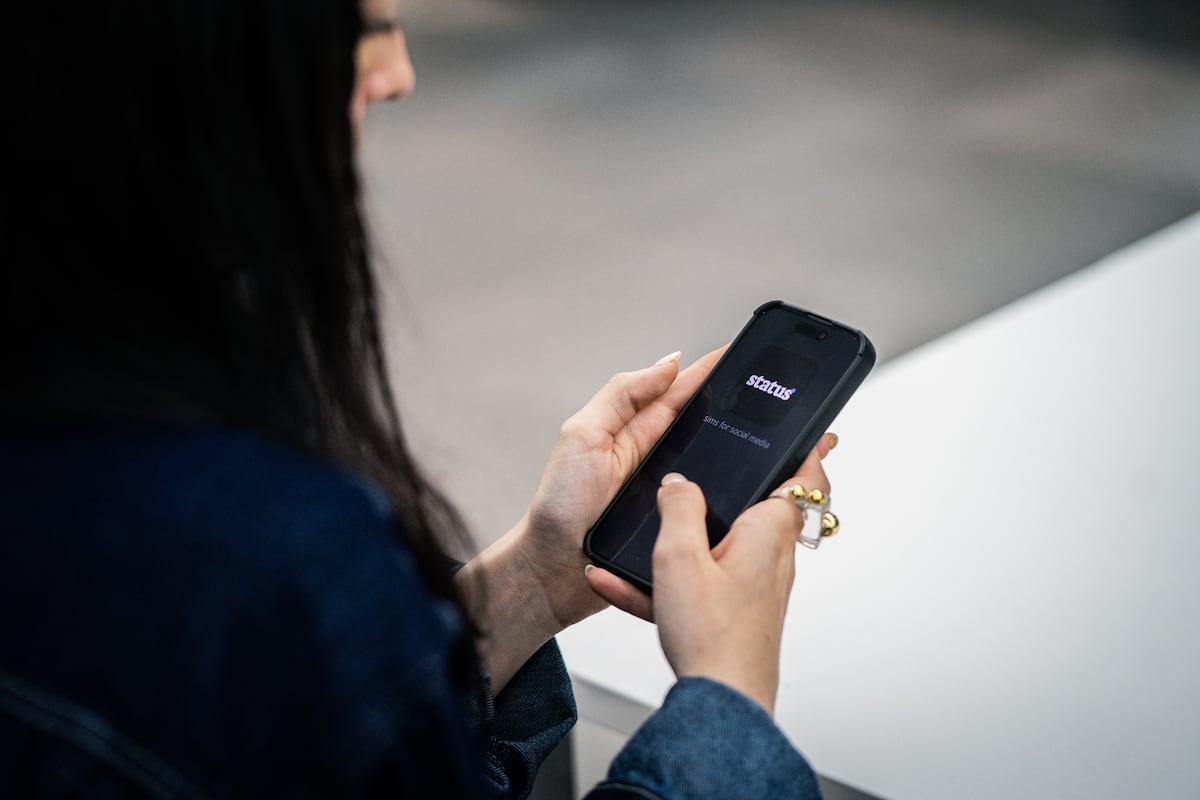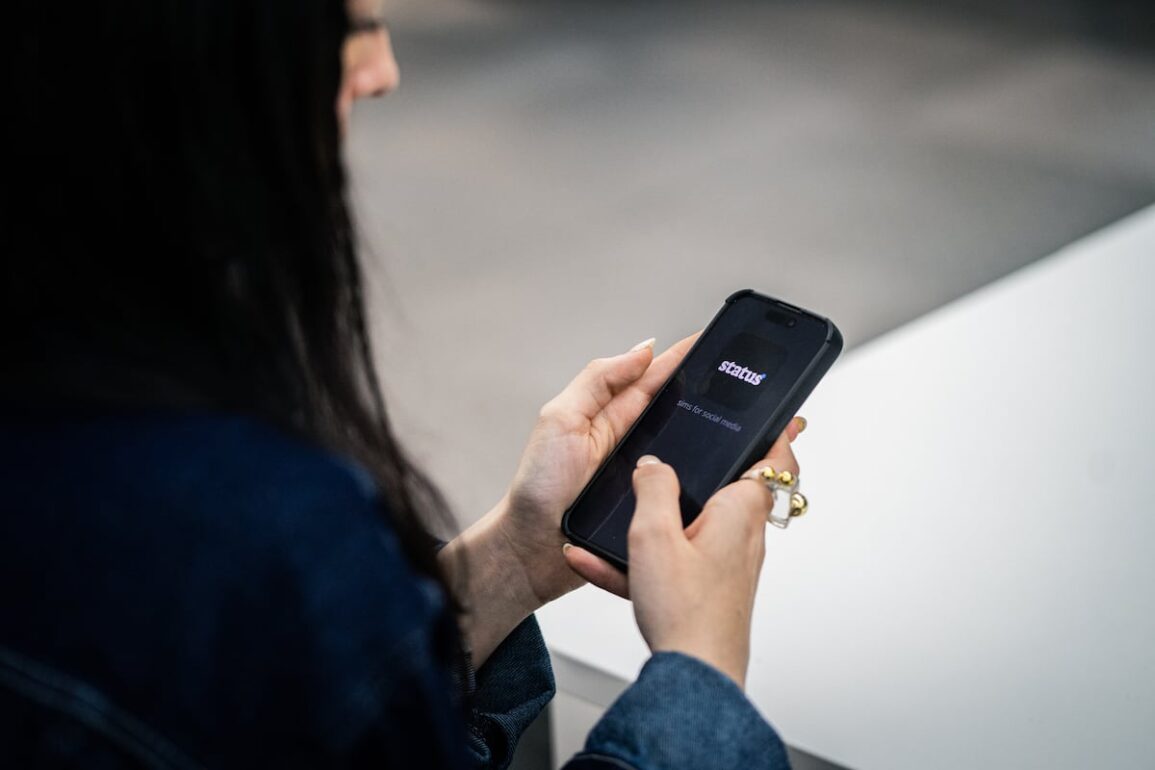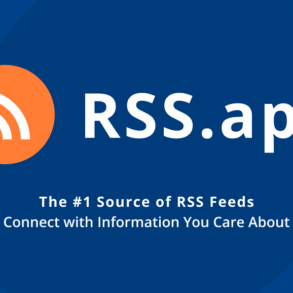
“It’s fun, but I feel like it encourages isolation from the world because you don’t talk to anyone real,” says Sunny, 18, a user of the Status AI app, speaking from Buenos Aires, Argentina.
Status AI functions like Twitter (now X), but with a twist: all participants, except for the user, are AI bots. The platform encourages users to post messages, which then receive responses from dozens of fake accounts — some acting as fans, others as haters. Even accounts that mimic celebrities or media outlets, like BBE (for BBC) or GMZ (for TMZ), comment with a realistic tone. The experience mirrors the experience of posting your own thoughts or feelings on X, generating tons of comments, likes, and new followers — but they’re all fake.
How could something like this be of interest? “When you enter Status, you’re thrown into a social network where you’re the protagonist, you can create the life of your dreams,” says Fai Nur, founder of the company behind Status.
Users select their passion, and start posting messages. Unlike on X, where it’s hard to have high engagement, lots of accounts on Status are interested in what the human users have to say.
“You live an alternative life, and you can be whatever you want, a singer, a detective, whatever,” says Laura, 23, from the Spanish city of A Coruña. “And even though they can cancel you, you know it’s not serious, and you get to interact with celebrities who in real life would never pay attention to you.”
There are as many dream lives as there are users on Status. Take Mikel, for example, a 22-year-old Spaniard with over 3 million followers. His dream life is inspired by the popular series Supernatural, which follows two brothers who hunt monsters. Mikel has created his own version of this world, casting himself as a third hunter in the series.
“I like to use it to pretend I’m in my favorite series. I create a character and pretend I’m one of them,” says Mikel.
Sunny, for her part, uses it to interact with characters from the Harry Potter saga. “It’s normal that people now use it to talk about or learn more about their favorite characters,” she says.
Sunny, Laura, and Mikel are just a few of the millions of users of this app, which launched in February and has already achieved remarkable success. Status has been downloaded more than 2.7 million times globally, with 1.2 million of those downloads in Latin America, according to estimates from market intelligence firm Sensor Tower. In Chile, it reached number 7 in overall downloads, and number 22 in Spain. In Brazil, Status hit number 1 in its category. All of this has happened in just a few weeks, fueled by thousands of TikTok videos and X posts, many using distinctly Gen Z language to share their experiences with the app.
I wish X would be like Status. Celebrities answering people, making friends, you know the real meaning of social media. To the girl who invented Status: ily so much.#status #statusapp
— Goddess Z (@megabloompurple) January 2, 2025
But Status is essentially a variation of earlier AI character apps, like Character, Replika, and Janitor, where users could chat endlessly with their favorite characters. These apps have created a new space with extraordinary success: interacting with chatbots that have distinct personalities and backstories. Status also incorporates gamification elements with challenges and tasks.
“You open the app and select a fictional universe and a character,” Laura explains. “It tells you to become famous and gives you a series of missions, which you complete. If you do well, you unlock more characters and activities. To level up, you have to tweet things that generate controversy, and that raises or lowers your relationship with the characters in your universe.” Players also lose energy and must pause their activity for a few hours, which causes some unease among players.
The success of these apps highlights how AI-created characters are increasingly becoming part of our lives, especially for younger generations. These phenomena are so new that their future impacts are hard to predict and fully understand.
“The development of these tools will depend on a combination of factors,” says Jessica Szczuka, a professor at the University of Duisburg. “Constant technological innovation, legal decisions, and changes in social and cultural norms. It’s not just about what these tools can do, but what we are willing to accept, normalize, or reject as a society,” she adds. No one has the answer to that yet.
Each user has their own explanation for the app’s success: some point to the rise of fandom culture, where they can engage more deeply with fictional characters; others find comfort in combating loneliness through emotional or therapeutic relationships with bots; some enjoy it as a form of entertainment, like a video game; and others believe it helps them practice social skills.
“It works really well because it gives you a more intimate connection, both in a friendly and loving way, with people/characters you would never be able to connect with, and that makes you feel good,” says Daniel, 15, from Mexico.
“It’s more because of the drama than anything,” says Missio, 18, from Chile. “Creating different scenarios makes it more attractive, and a Twitter-like structure that is fictional gives people the confidence to do whatever they want.”
EL PAÍS spoke with eight Status users from four Latin American countries, all aged between 15 and 23, who were randomly contacted. They all fully understand that the app is not real, yet they can, at times, momentarily confuse the attention they receive from a bot that looks and behaves like a human.
“What’s appealing is how you can create a fake scenario with someone who would be impossible to talk to, like a celebrity or a character from a TV show, and on top of that, you have a fake social network that pretends to be Twitter where fake people respond to all your posts, and depending on what you do, you become more famous,” says Wiwi, 18, from Buenos Aires. “It gives you false fame and false attention, and although it’s attention from AI bots, it gets you hooked because it seems like real attention.”
Age seems like it could be an important factor behind the phenomenon, but if that’s the case, it’s more likely because young users simply grew up in a different world.
“Combining fantasy and social media works incredibly well for our generation; they’re two things we really enjoy and that help us escape reality,” says Laura. “I don’t think it’s because of my generation, which has these things because it grew up with the fandom culture that appeared on the internet. It would have happened to any generation with internet access.”
It’s a generation that has risen with “fan fiction, Tumblr asks, and online role-playing forums,” says Sunny.
Mikel remembers how in his teens, before these AI-powered apps, people did the same thing but with humans: “On networks like Instagram or Twitter, you created accounts called fakeland with made-up characters with the faces of your idols and simulated a fictional life, except you were interacting 100% with another person and depended on their response and punctuality to interact.”
Professor Szczuka hasn’t found any evidence, nor is she aware of any studies, linking these types of apps to young people: “One possible explanation could be that native users tend to be more open to new technologies,” says Szczuka. “However, I don’t think that means this technology is specifically tailored to a particular sociodemographic group or type of user.”
Another important question about the rapid evolution of these seemingly social apps — where there is no real interaction with other humans — is what it means for the future. “
“These AI apps will be much more significant in the near future,” says Alan, an 18-year-old from Argentina. “People in general, and teenagers especially, like interaction and feedback, and now that AI is being combined with social media, teenagers will be enthralled.”
Other aspects of the Status phenomenon should also be studied, says Brian Earp, a professor at the National University of Singapore. “It’s still unclear how widespread this phenomenon is, but for now it seems to be more limited to people who don’t have very strong human relationships,” he explains. “What we don’t yet know is whether, in the future, the ease of access and constant presence of chatbots will make more people see them as a normal way of expressing emotions and connecting with them. Looking at current trends, it doesn’t seem like such a crazy idea to me.”
It’s becoming increasingly clear that these chatbots offer another layer of benefit that is starting to be better understood, says Neil Sehgal, a researcher at the University of Pennsylvania: “I think it has a lot of potential in different fields, like education, tutoring, and public and mental health, if we can do it the right way. A lot of my work is in public health, and my team is excited about the idea that chatbots can help people make better decisions about their health and offer early support to those who might not otherwise seek help.”
Young people are well aware of the perception held by many adults that all of this is merely childish nonsense. “I feel that the discourse against it is often based on seeing it as a problem and not considering that behind its use lies a need or a cry for help that isn’t being answered,” says Sunny. “Demonizing its use isn’t going to stop people from engaging in harmful behaviors, and I even think it’s healthy to turn to AI support, which can help you explore and better understand your emotions or offer a healthy distraction.”
Sign up for our weekly newsletter to get more English-language news coverage from EL PAÍS USA Edition
This post was originally published on this site be sure to check out more of their content








